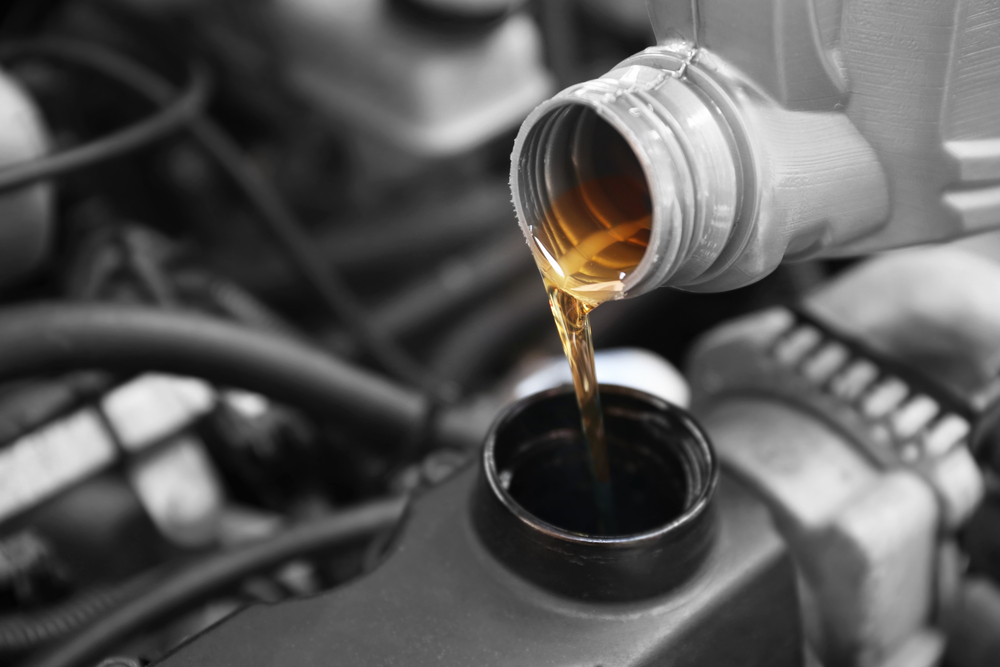
Mineral vs Synthetic: What you need to know
25 February 2021
What is the big deal about viscosity?
6 May 2021What does a lubricant actually do?
What does a lubricant actually do?
As explained in the past article “Why do we need lubricants”, the most important reason for having a lubricant in a machine is to separate contacting surfaces by forming an oil layer in between them. This result is reduced friction, which significantly decreases wear and energy needed for the machine to do work reliably.
But lubricant is responsible for many other functions, some of which may not be so apparent. There are at least three other essential functions of a lubricant apart from reducing friction.
One of them is to provide cooling because a base oil has a property that absorbs heat. At high temperatures areas such as on contacting surfaces or in a combustion chamber, lubricants carry away the heat and control the temperature as it circulates in the system. The overall operating temperature of the machine will be lowered.
As lubricant flows around in the system, it also functions to keep components away from contaminants, either generated or ingressed. In a system like an internal combustion engine, soot and wear metals are the two most common contaminants produced internally while dirt can get in via an air intake system. A lubricant that is formulated with detergent and dispersant will suspend these contaminants and prevent them from sticking to the components. Base oil has the inherent property to act as a solvent but having detergent and dispersant as additives enhances this ability further to ensure machines are kept clean and free from sludge.
Protection against corrosion is another function of a lubricant. Machine components are largely made from metals that are vulnerable to corrosion and rust when exposed to air and moisture in the environment. Acidic compounds formed in an internal combustion engine will also lead to costly corrosion effects. Combination of base oil and corrosion inhibitors contained in a lubricant is key in combating against corrosion. This can be accomplished by forming protection barriers between components and corrosive compounds as well as neutralising any acidic by-products due to the alkalinity nature of lubricants.
Depending on the application, a lubricant has other functions that is specific to that application. In an engine, for example, a lubricant acts as a sealing agent by creating dynamic sealing between piston rings and cylinder liner to avoid losing compression. In a hydraulic system, it acts as a medium of energy transfer to power machines or lift heavy loads. Another useful function of a lubricant is to behave like a shock absorber which is to dampen and disperse the energy from abrupt mechanical contacts.
All of the above lubricant functions help modern machines perform as intended efficiently. However, a key to this is proper lubricant selection. The lubricant must be right for the component for it to function optimally. With Sinopec Lubricants, you can be assured that all our lubricants are blended with the right balance of top quality base oils and additives. If choosing the right type of lubricant for your machine appears daunting to you, ILD Technical is here to assist. Contact us for more information.
About the Author:
Aaron Said is ILD/Sinopec’s National Technical Manager. He is responsible for developing and delivering value-added lubricant technical services to client for reliability improvement, lubricant optimization, and cost-savings. Among his professional credentials are Certified Lubricant Specialist (CLS) and Oil Monitoring Analyst I (OMA) from Society of Tribology & Lubrication Engineers (STLE) and the International Council of Machine Lubrication (ICML)’s Machine Lubricant Analysist I. 




